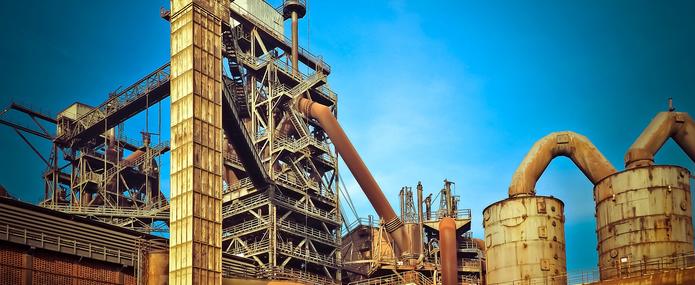Citation
Bataille, C., Nilsson, L.J., Jotzo, F. (2021). Industry in a net-zero emissions world: New mitigation pathways, new supply chains, modelling needs and policy implications. Energy and Climate Change, Volume 2, 2021.
Abstract
The objective implicit in the Paris Agreement, net-zero emissions around mid-century, has transformed the debate about heavy industry decarbonisation. Prior to Paris, the iron and steel, cement and concrete, chemicals, and other materials sectors were expected to reduce absolute emissions by perhaps half by 2050, through measures like energy efficiency, biofuels and carbon capture and storage. Global net-zero emissions means that these industries face far deeper transformation and potentially costly offsetting. It is also becoming clear, however, that very low emissions in heavy industry are technically possible using a spectrum of new options, including demand management, materials efficiency, and direct and green hydrogen-based electrification of primary materials production, facilitated by the falling cost of renewable electricity. Very low emissions production chains mean changes to the location of the world's heavy industry, including splitting processes into components to allow use of large-scale low-cost renewable energy or access to geological CO2 storage, with implications for trade. Existing models used for decarbonisation analysis typically do not represent the detail necessary for a full understanding of the range of mitigation options. Better representation of industry in systems modelling, along with analysis and learning about policy options and sequencing as industry transformations unfold, will be important for reaching net-zero and net-negative emissions in cost-effective and just ways. Key options, implications for the geography of heavy industry, and implications for systems modelling and policy are outlined here.


